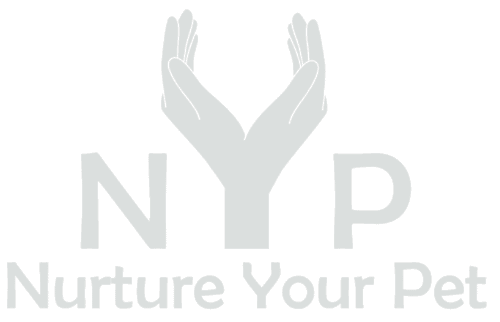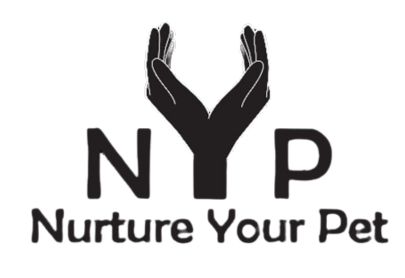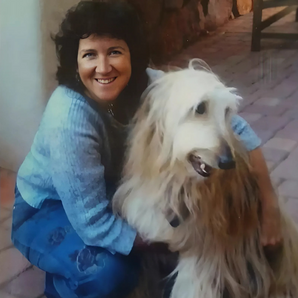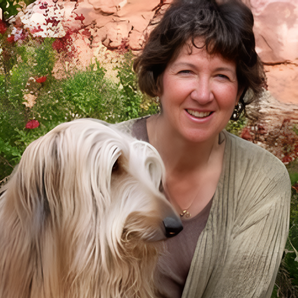
Before diving into leash training for puppies versus adult dogs, you should understand a few general principles that apply to all ages. Following this advice should ease the training process for both you and your dog. It should also ensure that your dog has a comfortable experience, which is a key aspect of training your dog to do anything! Finally, these three tips will help to keep you both safe on walks.
1. Get the correct equipment
Your leash should be the appropriate length and width for your dog’s size. Use a collar or harness that fits snug, but not too tight. You should be able to comfortably fit two fingers between the fabric and your dog’s skin. Many trainers recommend using a harness as it will put less strain on your pet’s neck and back. “A dog is apt to put more pressure on their neck and throat while working thru the learning curve of being on a leash, and may be subject to neck and windpipe injuries,” WagWalking reminds us, “so be aware and adjust equipment as needed.” Research what best suits your dog based on their specific breed, body shape, and energy level.
2. Practice inside first
Another important aspect of leash training is beginning indoors. Even adult dogs can get overstimulated when exposed to new sights and scents outdoors, so start your training inside. The American Kennel Club (AKC) suggests practicing in a room with little distraction. And even if your dog is on the older side, the feeling of a harness with a leash attached might be new to them. You need to get your dog fully comfortable with walking equipment before venturing outdoors.
3. Separate leash training from exercise
Leash training is still training and should be treated as such. Don’t sacrifice your pet’s ‘fun time’ (i.e., playing fetch, going to the dog park, exploring a new hiking trail, etc.) for leash training. “Loose leash walking is a calm and low-energy activity. If all the exercise your dog gets is leash walking, and he does not yet understand that he should not pull on-leash, you are setting yourself up for a cycle frustration and disappointment,” (Spirit Dog Training).
Another aspect to consider is your dog’s behavior. If they are barking and pulling on-leash, your pet could likely use more physical and mental stimulation. Therefore, keeping leash training separate from regular exercise is important. Your dog will have an easier time listening to and staying focused on you during sessions.

Tips for Puppies:
Keep sessions short
Puppies have a short attention span. Limit the duration of your training sessions to keep your puppy engaged. You should also allow for naps between sessions as younger pups tend to sleep more. After completing a handful of exercises, always end the training on a high note. So, if your pup is struggling to stay at your side while you walk, but he has no problem performing a ‘sit’ on-leash, finish your session with a strong ‘sit.’
Use high value treats
Use high-value rewards when leash training a puppy. Freeze dried chicken, lunch meat, fresh vegetables and dog jerky are delicious snacks that work perfectly for training. Divide treats into small pieces and keep them in your pocket for quick access. Swap your rewards frequently to keep your dog’s interest.
Understand puppy urges
Puppies are constantly learning and interacting with their environments. They can get distracted by ordinary occurrences and lose focus often. Remember to be patient with them; this behavior is only natural. Your dog is young and impressionable, so create positive learning experiences that encourage your pet to get excited for training.

Tips for Adult Dogs:
Work at their pace
Just because your dog is older does not mean they can speed through leash training. “An older dog may be afraid or anxious when put on a leash, depending on their prior experiences, and if this is the case, getting the older dog to feel comfortable with the leash and not resist or pull away in fright may be required before leash training can commence,” (WagWalking). And even if they are already familiar with walking on a lead, there are other factors (new environments, people, other pets, loud noises, etc.) that can worry your dog. Watch them cautiously as you train, do your best to interpret their mood/behavior, and adjust your sessions as needed.
Do not resort to punishment
Training adult dogs can be difficult. It’s natural to get irritated when roadblocks inevitably arise. All the same, getting forceful with your dog is not going teach them anything. If you feel yourself getting frustrated, take a break and resume training when you are calm. For more information on how dominance training can negatively impact your dog, please read our blog with pet behaviorist Lara Shannon.
Consider their health
Lastly, be considerate of your pet’s body and age. If your senior dog is laying down while on walks, they may be trying to tell you that they are simply tired/uncomfortable. Have your adult dog examined by a veterinarian before embarking on leashed adventures. Your vet will tell you approximately how much exercise they can handle and how to appropriately proceed with leash training.
Walks allow dogs to sniff, explore, engage their senses, interact with the world, and so much more. They should be a daily routine for healthy dogs that both of you look forward to. Make sure your equipment is the correct size, start with basic training indoors, and never supplement leash training for regular exercise. Puppies need a lot of excitement and energy to stay engaged, while adult dogs should receive a calmer approach. Overall, just stay consistent, positive, and patient with your dog for the best results.
You might be interested in reading more articles on Dog Training.
Thank you to the following sources:







